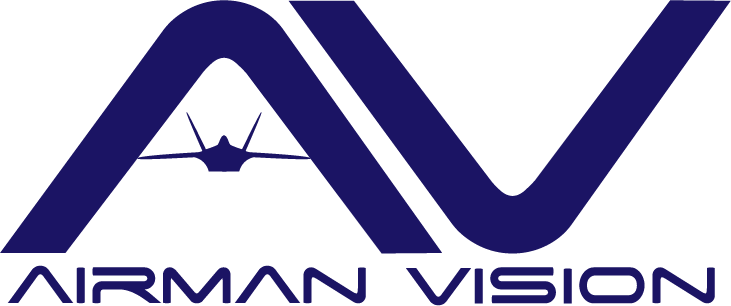1A9X1 - Special Missions Aviator
1A9X1 - Special Missions Aviator
Special Missions Aviator Information
ASVAB REQUIREMENT:
Mechanical 60 AND General 57
STRENGTH REQUIREMENT:
70 lbs
AVERAGE INDOOR/OUTDOOR WORK CONDITIONS:
40% Indoor / 60% Outdoor
AVERAGE HOURS WORKED:
40-50
POSSIBILITY OF WORKING WEEKENDS:
Yes
DEPLOYMENT TEMPO/RATE (LOW, MEDIUM, HIGH)
High
TECHNICAL TRAINING LENGTH:
27 Classroom Days + Aircraft Specific Training
TECHNICAL SCHOOL LOCATION:
Lackland AFB, TX
KNOWN DUTY STATIONS AVAILABLE TO NEW AIRMEN:
(we’re working on getting this information)
COMMUNITY COLLEGE OF THE AIR FORCE DEGREE:
Aviation Operations
Airmen describing Special Missions Aviator
A Special Missions Aviator on the AC-130J is to ensure that the aircraft is going to be able to preform for the guys on the ground. A special missions aviator is a Flight engineer, loadmaster and aerial gunner all in one. For being part flight engineer we are experts in how this aircraft is supposed to operate while inflight. As for the aerial gunner portion, when conducting live fire operations we are able to operate both a 30 and 105mm in the aircraft as well as know how to fix any malfunction that occurs to the weapon systems. And last for the loadmaster portion we are trained on how to figure out the center of gravity for the aircraft and how to conduct passenger handling
All in all being a special missions aviator requires someone to be able to stay calm and collected when something happens to the aircraft inflight. The training is definitely long and takes a while but in the end game it has a big outcome and great rewards. If i had to start all over again i would still choose to be apart of the 1A9 family.
Special Missions Aviators serve as integral members of an assigned aircraft crew and provide critical support to U.S. and foreign operations. They perform a combination of aviator duties such as that of Flight Engineer, Loadmaster, Aerial Gunner, and Navigator. This involves performing pre-flight inspection of aircraft guns, defensive systems, cargo systems, airdrop equipment, and other related aircraft equipment according to proper flight manual procedures. Additionally, they maintain aircraft forms and records before, during, and after a flight has landed, compute aircraft weight, balance, and fuel performance data manually and electronically, and supervise cargo and passenger loading and off-loading on assigned aircraft. Special Missions Aviators also perform in-flight maintenance of airborne weapons systems and other mission support equipment, operate and monitor engine and other aircraft control systems, and assist pilots in routine tasks such as engine startups, in-flight operations, and engine shutdown.
